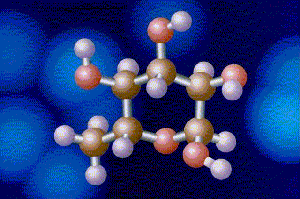



 |
Index page |
Task 2 |
|
TASK 2
DISINFECTION OF SWIMMING POOLS
Why disinfection for a swimming pool? Every swimmer adds 1.000.000 to 1.000.000.000 micro-organisms to the water, and the water itself contains micro-organisms as well.Swimmers cause many pollutants to enter the water, such as bacteria from saliva, excretion products, pollution from swimwear, skin tissue, sebum, sweat, nose and throat saliva, hairs, cosmetics and ammonia (NH3). Many of the larger solid contaminants are removed from the pool water by a process of filtration, but most chemical contaminants present, and many of the germs, are able to pass through the filtration media. That is why the use of disinfectants is needed. Demands of disinfectants: The disinfectants used for swimming pool water must meet certain demands: they should be harmless and non-irritating to swimmers and attendants. They must be active in small concentrations and remain their activity for a long time. Contrary to drinking water disinfectants, they must be active in the pool itself (pollutions and pathogenic micro-organisms are constantly added to water). The water in swimming pool has to maintain a residual disinfectant concentration. Finally, the disinfectant must be easily measured and should be safe to use. Disinfection methods: There are commonly three methods of disinfection used: · Chlorination · Ozonation · Ultraviolet (UV) disinfection
You can send your comments : aub@niras.dk Started by NIRAS supervisor Sergio Fox on 27th March 2006. © COPYRIGHT 2001 ALL RIGHTS RESERVED Aurelie.dk |